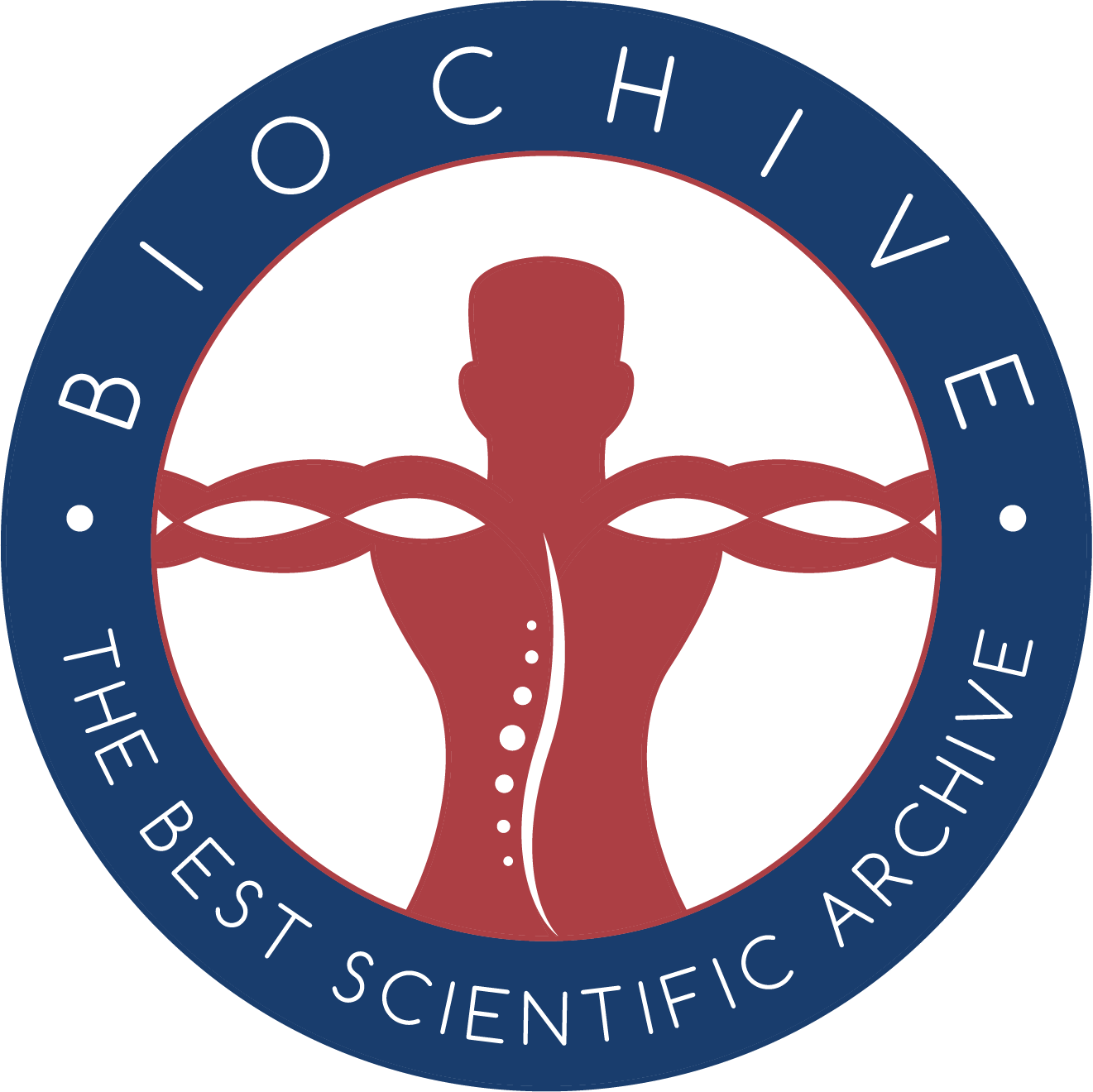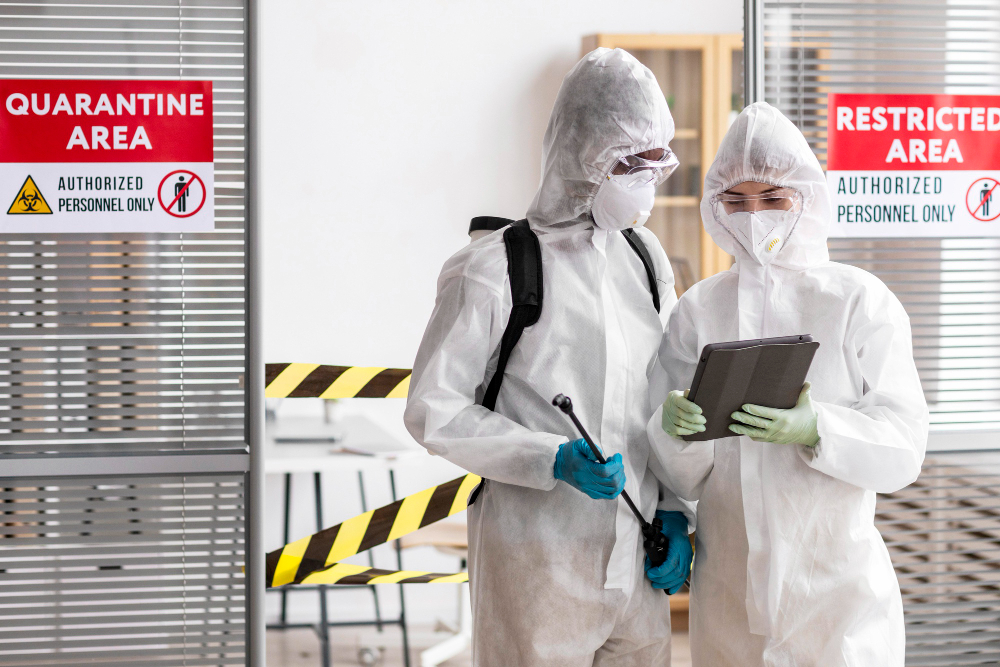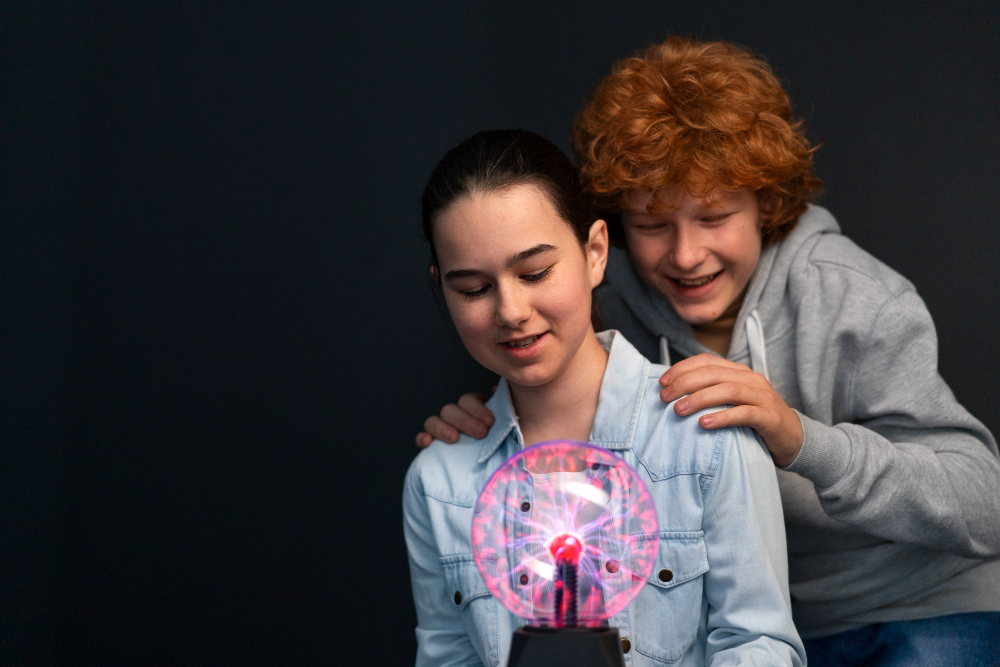The most deadly disease outbreaks in history were the Bubonic Plague, Smallpox, Spanish flu, and the Plague of Justinian. According to the NIH, more than 200 million people died in the Black Death era, accumulating to about 30-50% of the total population during that time. The cause of the Bubonic Plague is a bacterium called Yersinia Pestis. Prions, parasitic worms, bacteria, fungi, and viruses are all sorts of pathogens. Today, we will discuss all the different types of pathogens and how they function.
To begin with, the definition of a pathogen is “a bacterium, virus, or other microorganism that can cause disease,” according to Oxford Languages. Let’s begin with the virus. There is a significant debate on whether or not viruses are alive or not. This debate stems from the fact that viruses exhibit some characteristics of life, such as the ability to replicate and evolve, but lack others, such as the ability to grow and metabolize. Most scientists can agree that they are not living organisms because viruses aren’t made out of cells, don’t grow, and can’t produce energy using metabolic processes. Viruses contain many properties of life but lack other necessary ones, making scientists question whether or not they are alive. They are more like androids rather than organisms. A virus is a strand of genetic information that can multiply but requires a host or cell. They latch onto receptors and trick the cell into thinking that they aren’t harmful, allowing the cell to let them enter. The virus uses biological pathways to force the cell to take in genetic material or viruses. The cell will replicate the virus’ DNA and use it to manufacture proteins. This action causes more and more viruses to be produced in the cell, eventually bursting the cell to infect others. However,
Our bodies are not defenseless against these invaders. For instance, viruses in our intestines can be taken over by bacteria, eliminating the harmful ones. Vaccine injections immunize your body against specific viruses, training your immune system to neutralize the virus if it ever enters your body. A vaccine introduces harmless parts of a virus to the immune system called antigens. Later on, when the immune system reencounters the virus, it knows how to defend against it and lessen or even prevent it. Vaccines can even be used against bacteria and parasites as well. This showcases the resilience of our immune system and its ability to adapt and protect us from various pathogens.

Speaking of bacteria, humans have many types of bacteria. Bacteria are single-celled living organisms. There are both good and harmful bacteria in the world. An example of good bacteria would be bifidobacteria. This type of bacteria helps maintain digestive health, supports the immune system, and regulates bacteria in our guts. An example of a harmful bacteria would be Yersinia Pestis, the bacteria that caused the black, or bubonic, plague to occur. The black death would spread rapidly across Europe, Asia, and North Africa and kill millions of people. The plague would spread by the bite of an infected flea. Bacteria can reach us through various methods. They can be airborne, foodborne, vector-borne, waterborne, or even spread through direct contact and inanimate objects. A typical bacteria would not engage in all of those methods of travel and would instead specialize in one that benefits its survival and reproduction to optimize growth and spread.
Bacteria are classified based on their shape. The five classifications/groups are Spherical (cocci), rod (bacilli), spiral (spirilla), comma (vibrios), or corkscrew (spirochaetes). Bacteria can usually gain entrance into our body by inhalation, ingestion, or by entering through wounds. They produce a substance known as the spreading factor, which is a protein that helps bacteria move and spread in the body. This substance can digest connective tissue barriers and allow more bacteria and their toxins to spread. Bacteria will compete against cells for any available nutrients, while their toxins disrupt the healthy cells’ chemical reactions to slow metabolism in the cells, eventually killing them. White blood cells typically rush to the infected area to ingest the harmful bacteria. Failure to consume the bacteria may result in the body creating antibodies to attach themselves to the bacteria, making them susceptible to being eaten by the white blood cells. The toxins that they release are the most harmful thing to our bodies. They can get into our circulation and cause damage or even death. Unlike bacteria, a prion is non-living. It is similar to a virus. Prions are pathogens consisting of misfolded proteins. Prions don’t contain any DNA, unlike all other pathogens. These misfolded proteins make other regular proteins in our cells misfold, leading to numerous brain diseases. The worst and most brutal fact about prions is that no vaccine or any sort of treatment can fully cure an infected individual. Medication can only slow it down, but it can’t stop it. Examples of diseases caused by a prion are CJD and Mad Cow Disease. CJD causes seizures, vision problems, muscle weakness, and behavioral changes. Arguably, prions are the most brutal and unforgiving type of pathogen. If one happens to get in your brain and start misfolding the proteins, then there is almost no chance of survival.
Parasitic worms enter our bodies when we eat raw meat, pork, or contaminated water. They cause various symptoms such as diarrhea, stomach pain, nausea, fatigue, etc. Parasites spend most of their life in our bloodstream. They are large compared to other pathogens and are often visible in different body parts. They can cause many diseases, but they usually crawl out of the body and have a treatment that eliminates them. However, when they leave our body, they create wounds that can cause infections. You may ask: How does our immune system allow these parasites to roam freely in our bodies? Well, parasites can change our immune system. They interfere with the immune system and hide in our body, stopping any chance of getting attacked. Parasites can inhabit many parts of the body. Some familiar places include the liver, tissues, intestines, and blood.
Lastly, we have fungi. They cause diseases in humans, animals, and even plants. Millions of fungal diseases exist, but only some fungi are contagious. Fungal infections can come from places like showers and locker rooms. They can enter your body by breaking into your skin or through an open wound. However, maintaining good hygiene and cleanliness can significantly reduce the risk of fungal infections. Even antibiotics can allow some fungi to grow and get out of control. Some fungi can even reproduce and multiply through tiny spores in the air, and you can inhale the spores and get the fungi in your body.
Overall, pathogens are infectious agents that cause diseases. They cause outbreaks or pandemics. Most have a cure or vaccine, but those who don’t can be dangerous and fatal. With the recent COVID-19 pandemic, everyone needs to be informed about how these tiny things can wipe out humanity if left untreated.
Sources: Nathan Winch on Youtube, Micropia, Daniel Izzo on YouTube, Microbiology Society, CDC



